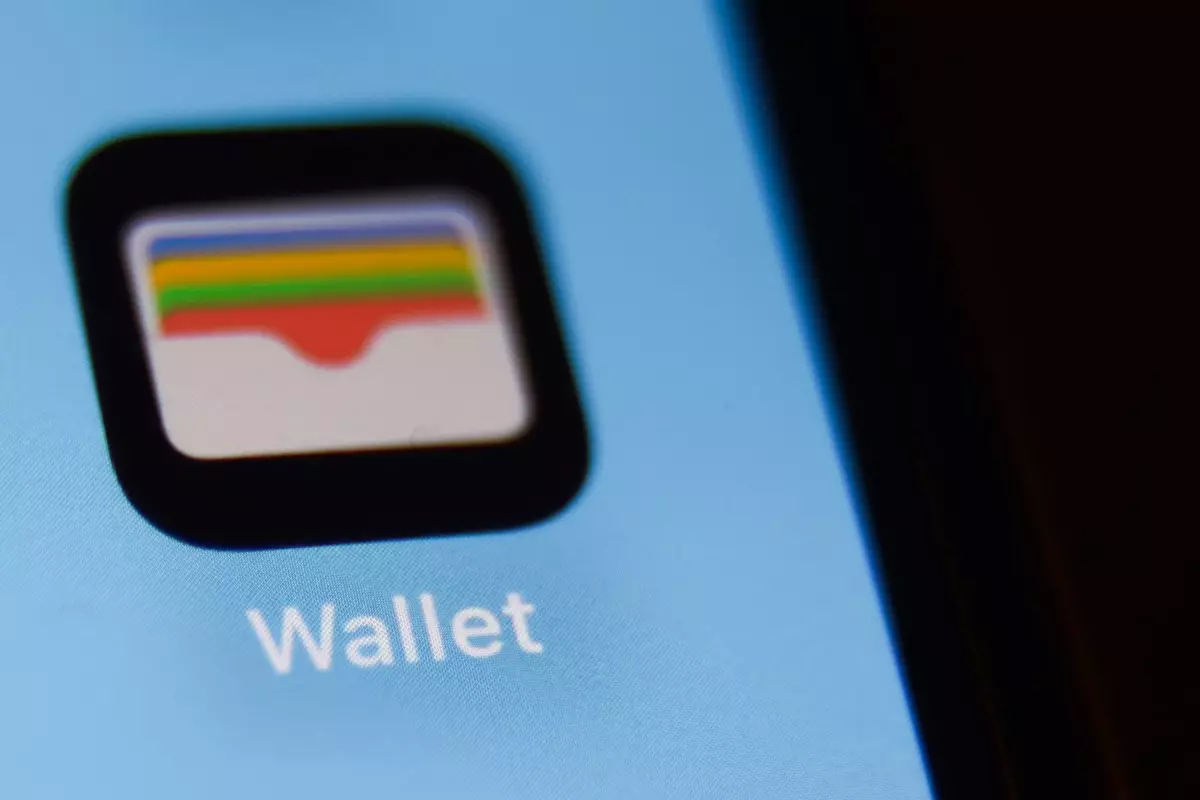In a significant technological advancement, California is making strides in digital identification by allowing residents to store their driver’s licenses and state IDs in the Apple Wallet app. This shift marks a noteworthy evolution in how individuals can present their identification, heralding a future where physical cards may become obsolete. The announcement, made recently by the state government, aligns with California’s innovative spirit, embracing modern solutions to enhance convenience and security for its citizens.
California’s decision follows a prior initiative to integrate state IDs into Google Wallet. While both platforms serve a similar function, their entry into the digital ID space signifies a broader trend in the acceptance of mobile technology within governmental services. Users can seamlessly present their digital IDs at select TSA security checkpoints and businesses, streamlining processes that traditionally required physical verification. This shift not only caters to the tech-savvy population but also reflects a growing reliance on smartphones in everyday life.
Setting up a digital ID in the Apple Wallet is designed to be user-friendly. Californians can initiate this process by tapping the “+” icon within the app, choosing the option for a driver’s license or state ID, and following a guided setup that includes taking a selfie and scanning the physical ID. Google Wallet offers a similar process, showcasing the efforts of tech giants to simplify user experience. These straightforward procedures are pivotal in encouraging adoption, particularly among those who may be hesitant about transitioning to digital forms of identification.
California’s initiative has garnered support from Governor Gavin Newsom, who emphasized the partnership with both Apple and Google as a means to enhance the efficiency and security of state identification. With over 500,000 Californians reportedly adding mobile driver’s licenses (mDL) to their phones, the program is gaining traction. The pilot scheme, however, has limitations, currently open to only 1.5 million participants. This restriction may indicate the state’s cautious approach to implementation, ensuring systems are robust before a broader rollout.
California isn’t alone in this journey, as more than 20 states, including Arizona, Maryland, and Ohio, are exploring similar initiatives to adopt digital IDs. The interest from a diverse array of states reveals a national trend towards digitizing essential identification documents. Such movements offer bountiful advantages, including enhanced security, streamlined processes, and the potential for reduced fraud. However, they also raise important questions regarding privacy, data security, and the potential digital divide among populations.
The move to allow digital IDs in California represents a significant step toward integrating technology into everyday life. As smartphones become increasingly central to personal identification, both convenience and security come to the forefront of consumer needs. California’s developments, along with interest from other states, suggest that the future may indeed be digital, with the potential for transformational changes in how we interact with governmental services and manage our personal identification. The path ahead may be fraught with challenges, but the momentum toward mobile identification systems is undeniably clear.

